Patrick Collins HRHA (1910-1994) Lake Swan Feeding Oil on board, 35 x 50cm (13¾ x 19½") Signed Provenance: Hendriks Gallery, label verso. Born Dromore West, County Sligo, in 1910, Patrick Collins grew up in Riverstown and, later, in Sligo town but his father, an RIC constable, contracted tuberculosis, was unable to work, and died when Collins was twelve. Patrick Collins's younger sister also died and his mother, widowed when Collins was thirteen, ran a little grocery shop until her health also failed. Collins was sent at fourteen to St Vincent's Orphanage in Glasnevin and having done well at school worked in an insurance company in Dublin for twenty years. Looking back on those years, Collins told Harriet Cooke, in 1973, that he lived near Stephen's Green, and 'every morning I'd walk through it around nine, and every day it was different, and every day the whole thing has a new scene. The birds and trees, when I look at them I read them like a book. When you're interested in birds, you see bits of difference.' He read widely, attended evening art classes at the National College of Art but was mainly self-taught and, in his mid-thirties, he became a full-time artist. He had his first solo show in 1956. Collins's west-of-Ireland background not only influenced his subject matter, landscape, lakes, birds, but his sympathy for the marginalised, as seen in a masterpiece such as Travelling Tinkers [1968], can be understood in the light of Collins's own family challenges and difficulties. But what is most distinctive about Collins's work is his palette of blues and grey and grey blues and his use of a framing device or border within the work, a window, as it were, into another world. Fionna Barber in Art in Ireland [2013] sees 'the indication of a frame within a frame' as a device that amplifies 'a sense of displacement' and 'the perception of another reality within the painting'. For Collins, 'It is the aura of an object which interests me, more than the object. I see a few bottles on a table and I feel there is more than a few bottles. It is the something more I try to paint.' So, too, with this swan on a lake. It is both swan and aura and swans in Irish mythology, what Collins called 'the Celtic thing', perhaps resonate here. In Lake Swan Feeding the swan is centre, its pure white presence, amid a misty grey, blue, green lake, is recognisable, as is a group of swans, background, top right. The single swan is alone, yes. Is that swan lonely? That's up to the viewer. As Peter Murray observes, 'Collins preferred to leave the interpretation to the observer, acknowledging that the viewer creates the work of art at the moment of apprehension'. Other bird paintings, Bird against the Window from 1963, for example, could be seen as an image of longing, escape and Collins himself said that his The Rook: Bird in a Tree, captured his lonely years in the orphanage. Not for Collins, Yeats's nine-and-fifty swan. This feeding swan is on its own but the feeding detail in the title suggests a swan at ease and being nourished. When Patrick Collins died in 1994 his ashes were scattered on the shore of Lough Gill. Ciara Ferguson who was at the ceremony remembered how 'We gathered at the side of Lough Gill, at the place where he played as a boy, and, as the ashes scattered, the only sound was a lone piper. Tony Cronin gave the oration. Then, suddenly, everyone turned to the sound of a frantic beating of snow-white wings as a single swan took to the air with all the drama and poignancy of, well, the free spirit of Paddy.' In 1958 Collins won a Guggenheim Award for his 'Liffey Quayside', won the Irish landscape prize in 1971, was elected HRHA in 1980, a member of Aosdána in 1981 and Saoi in 1987, the first visual artist so honoured. He was conferred with an honorary doctorate by Trinity College in 1988 and his work is in every major Irish collection. Niall MacMonagle, February 2020 Patrick Collins HRHA (1910-1994) Lake Swan Feeding Oil on board, 35 x 5
Patrick Collins HRHA (1910-1994) Lake Swan Feeding Oil on board, 35 x 50cm (13¾ x 19½") Signed Provenance: Hendriks Gallery, label verso. Born Dromore West, County Sligo, in 1910, Patrick Collins grew up in Riverstown and, later, in Sligo town but his father, an RIC constable, contracted tuberculosis, was unable to work, and died when Collins was twelve. Patrick Collins's younger sister also died and his mother, widowed when Collins was thirteen, ran a little grocery shop until her health also failed. Collins was sent at fourteen to St Vincent's Orphanage in Glasnevin and having done well at school worked in an insurance company in Dublin for twenty years. Looking back on those years, Collins told Harriet Cooke, in 1973, that he lived near Stephen's Green, and 'every morning I'd walk through it around nine, and every day it was different, and every day the whole thing has a new scene. The birds and trees, when I look at them I read them like a book. When you're interested in birds, you see bits of difference.' He read widely, attended evening art classes at the National College of Art but was mainly self-taught and, in his mid-thirties, he became a full-time artist. He had his first solo show in 1956. Collins's west-of-Ireland background not only influenced his subject matter, landscape, lakes, birds, but his sympathy for the marginalised, as seen in a masterpiece such as Travelling Tinkers [1968], can be understood in the light of Collins's own family challenges and difficulties. But what is most distinctive about Collins's work is his palette of blues and grey and grey blues and his use of a framing device or border within the work, a window, as it were, into another world. Fionna Barber in Art in Ireland [2013] sees 'the indication of a frame within a frame' as a device that amplifies 'a sense of displacement' and 'the perception of another reality within the painting'. For Collins, 'It is the aura of an object which interests me, more than the object. I see a few bottles on a table and I feel there is more than a few bottles. It is the something more I try to paint.' So, too, with this swan on a lake. It is both swan and aura and swans in Irish mythology, what Collins called 'the Celtic thing', perhaps resonate here. In Lake Swan Feeding the swan is centre, its pure white presence, amid a misty grey, blue, green lake, is recognisable, as is a group of swans, background, top right. The single swan is alone, yes. Is that swan lonely? That's up to the viewer. As Peter Murray observes, 'Collins preferred to leave the interpretation to the observer, acknowledging that the viewer creates the work of art at the moment of apprehension'. Other bird paintings, Bird against the Window from 1963, for example, could be seen as an image of longing, escape and Collins himself said that his The Rook: Bird in a Tree, captured his lonely years in the orphanage. Not for Collins, Yeats's nine-and-fifty swan. This feeding swan is on its own but the feeding detail in the title suggests a swan at ease and being nourished. When Patrick Collins died in 1994 his ashes were scattered on the shore of Lough Gill. Ciara Ferguson who was at the ceremony remembered how 'We gathered at the side of Lough Gill, at the place where he played as a boy, and, as the ashes scattered, the only sound was a lone piper. Tony Cronin gave the oration. Then, suddenly, everyone turned to the sound of a frantic beating of snow-white wings as a single swan took to the air with all the drama and poignancy of, well, the free spirit of Paddy.' In 1958 Collins won a Guggenheim Award for his 'Liffey Quayside', won the Irish landscape prize in 1971, was elected HRHA in 1980, a member of Aosdána in 1981 and Saoi in 1987, the first visual artist so honoured. He was conferred with an honorary doctorate by Trinity College in 1988 and his work is in every major Irish collection. Niall MacMonagle, February 2020 Patrick Collins HRHA (1910-1994) Lake Swan Feeding Oil on board, 35 x 5
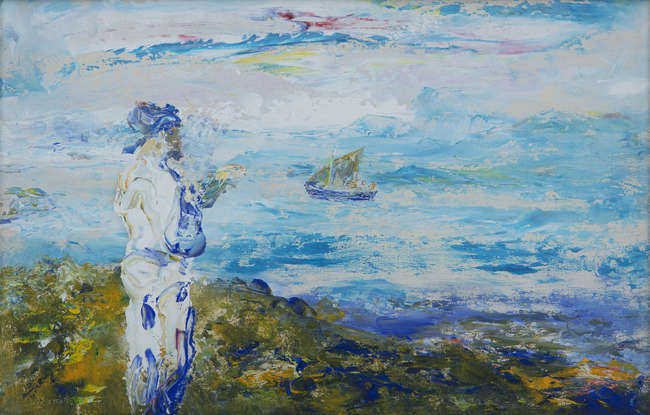
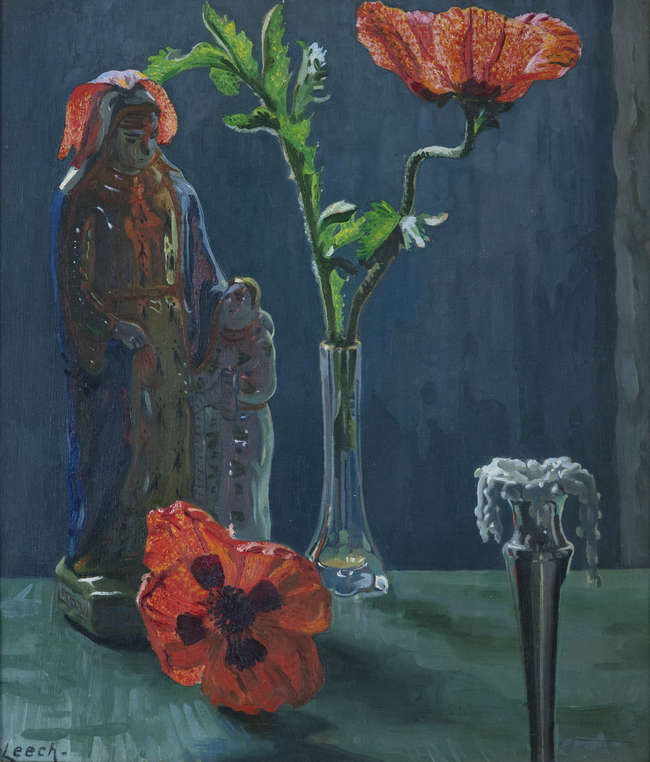
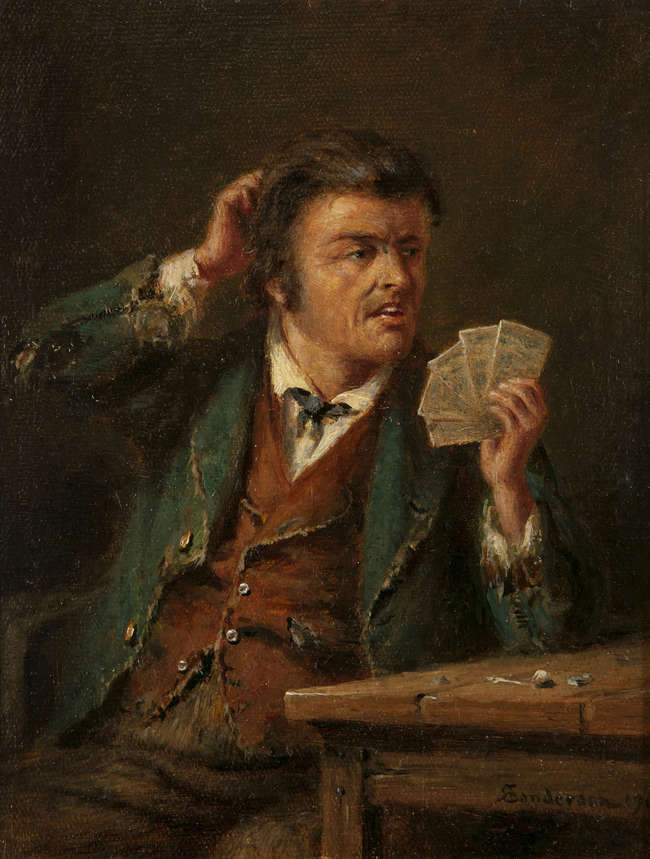
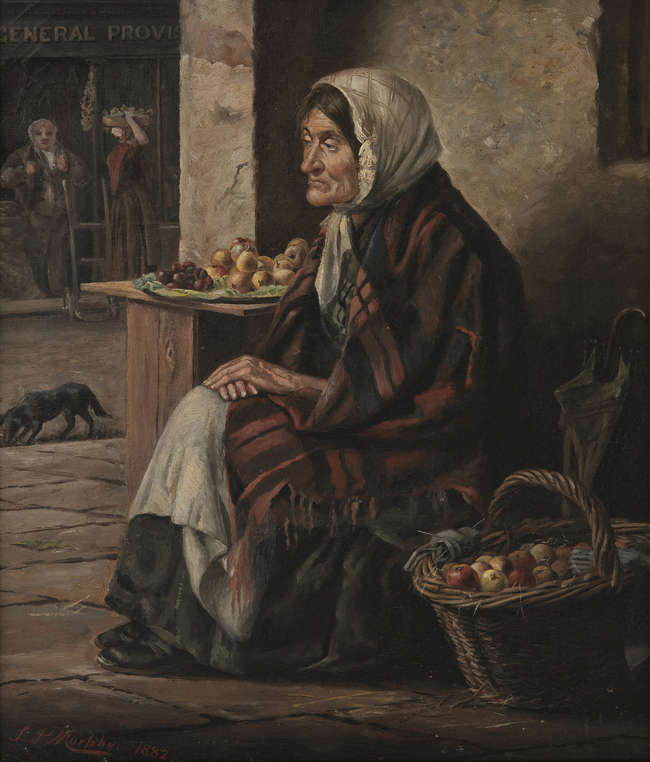
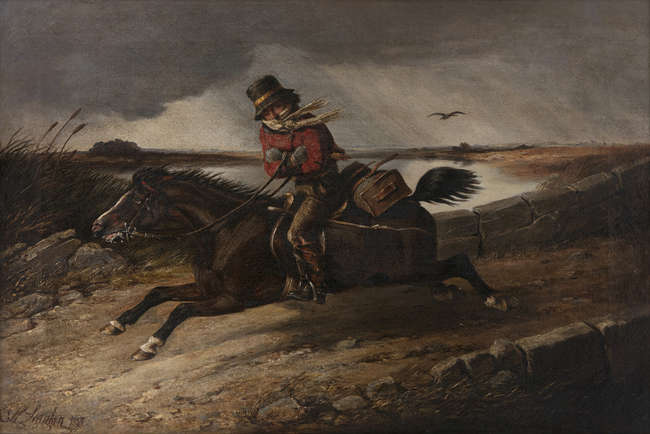
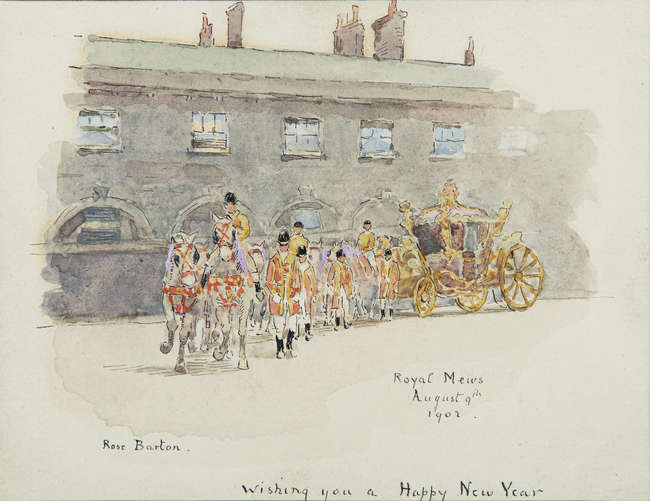
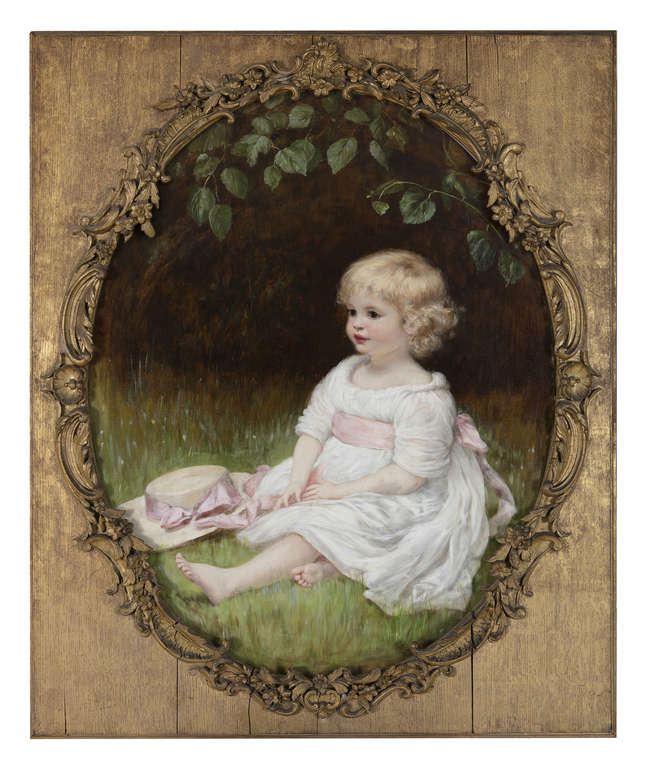
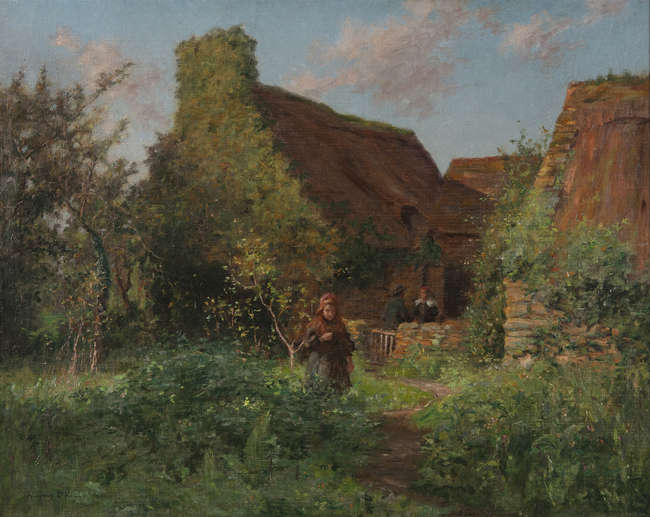
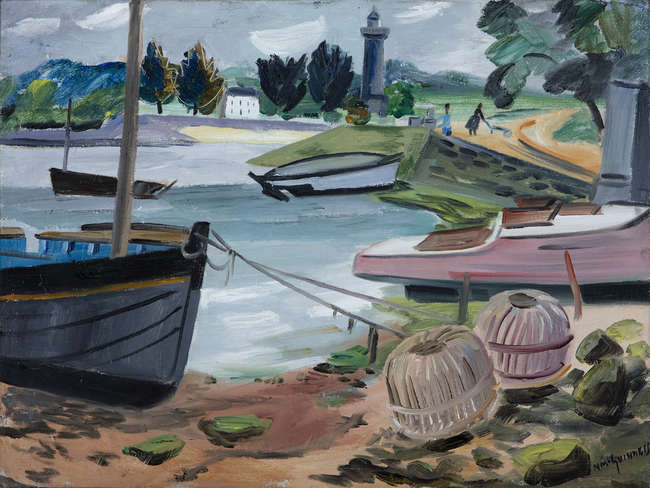
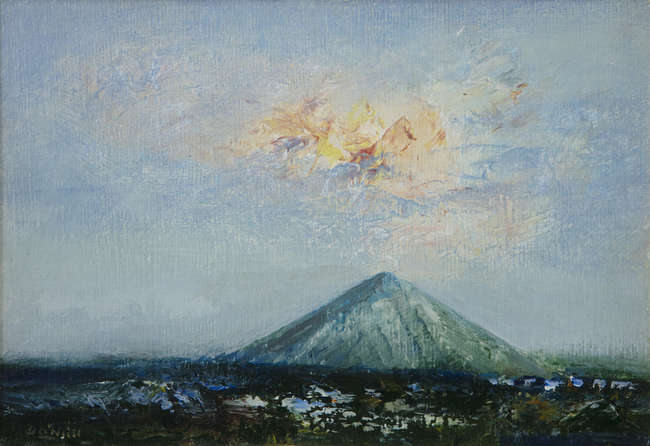
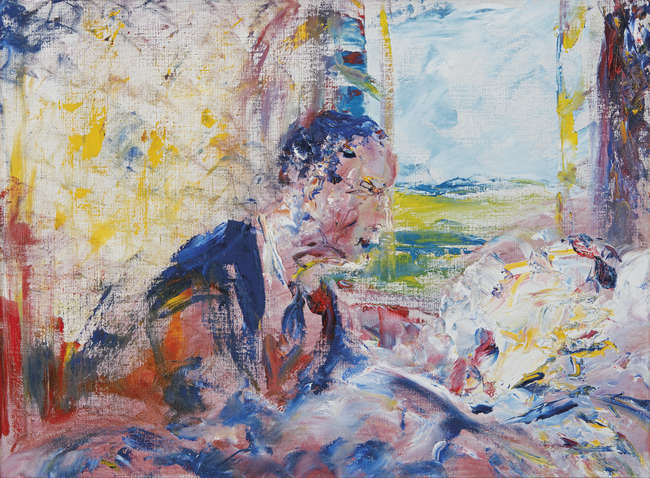
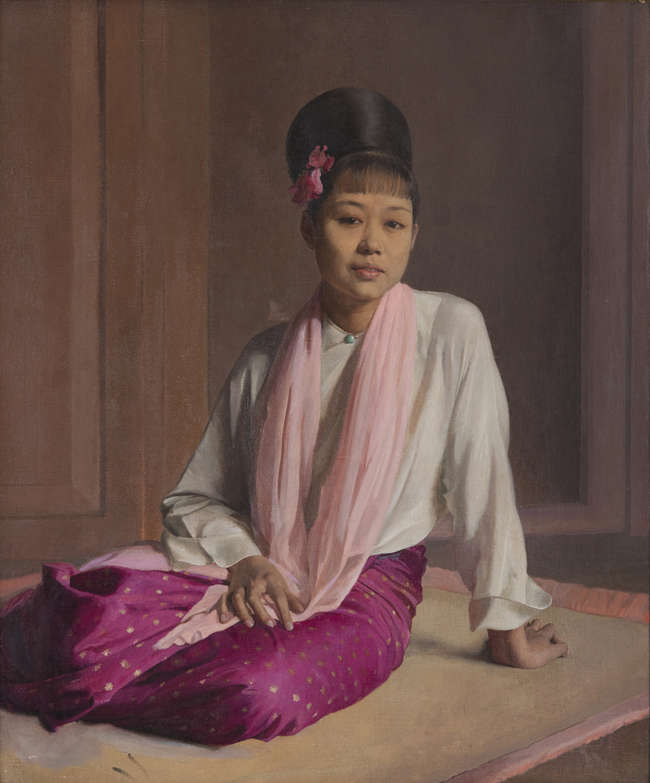
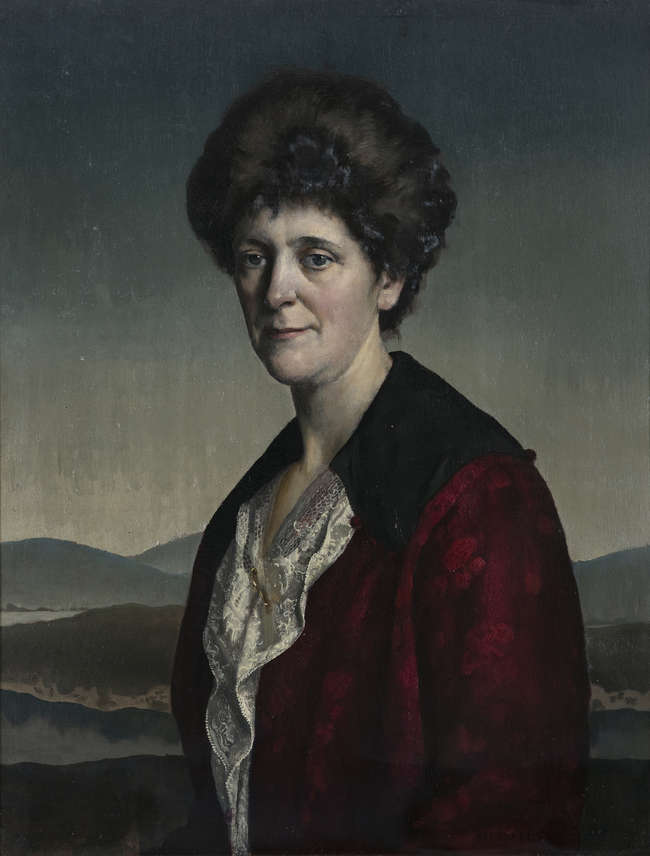
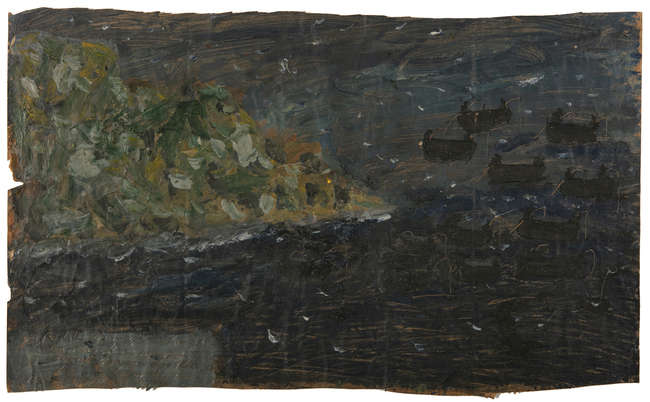
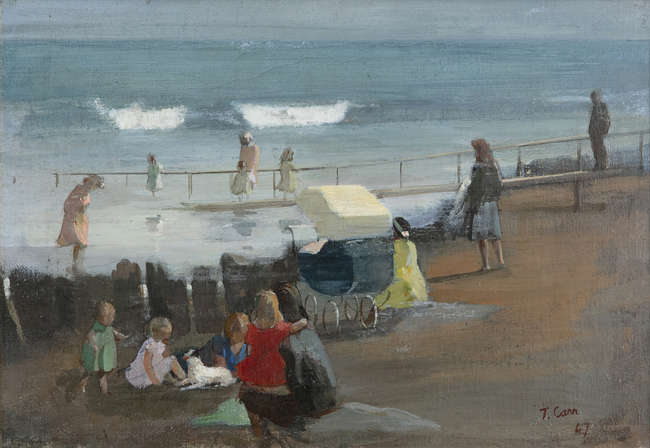
Try LotSearch and its premium features for 7 days - without any costs!
Be notified automatically about new items in upcoming auctions.
Create an alert